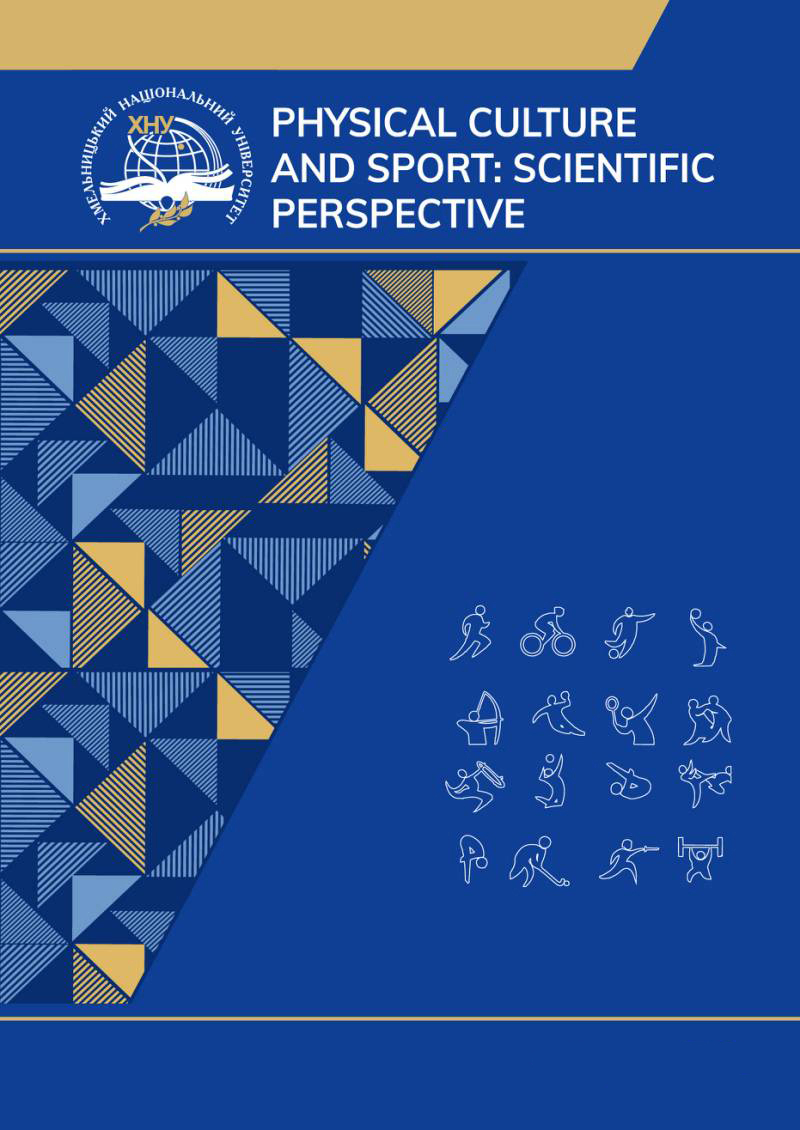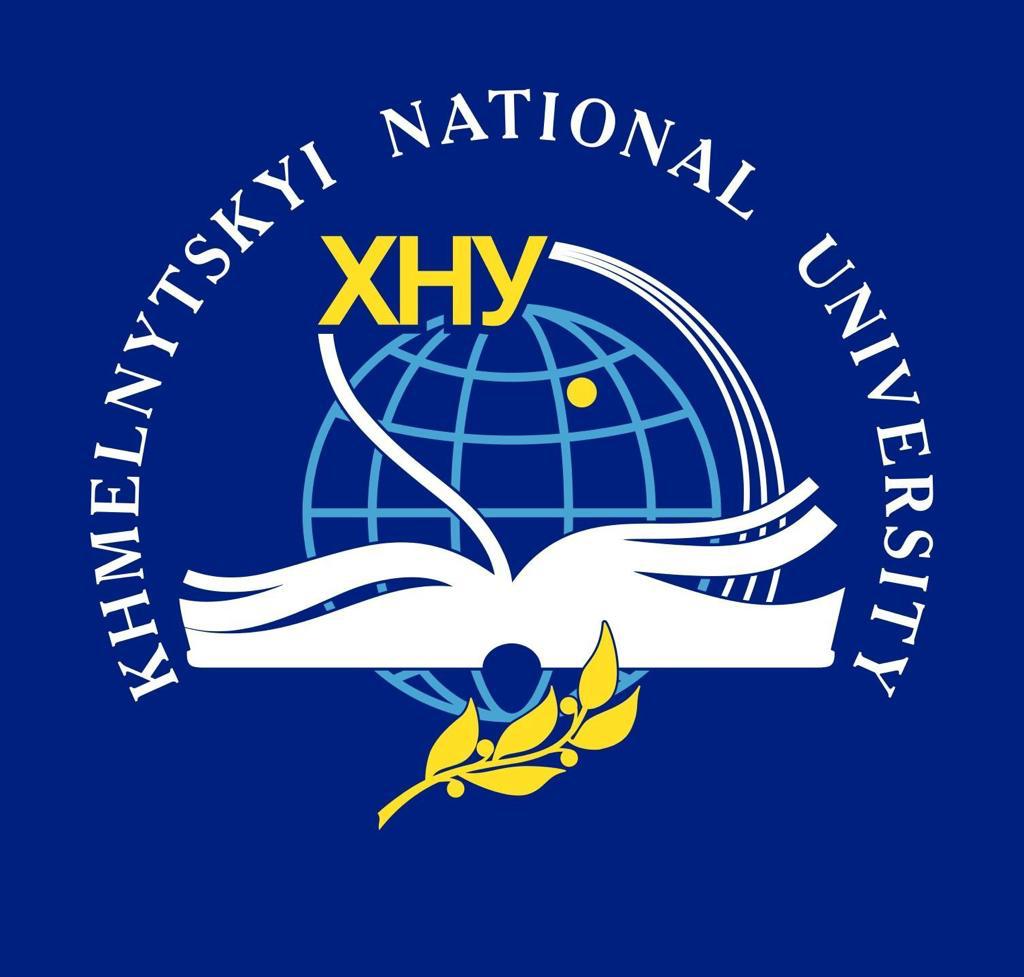SHOOT HORTING AS A MODERN TYPE OF MARTIAL ART: THE PROBLEM OF CLASSIFICATION AND PROSPECTS OF DEVELOPMENT
DOI:
https://doi.org/10.31891/pcs.2024.2.12Keywords:
shooting sports, national sports, shooting horting, modern martial artsAbstract
The article reveals the prerequisites for the emergence of shooting horting and reveals the problem of its classification in the system of martial arts and the prospects of its implementation as an element in the general education system, the preferences of the population involved in practicing this particular type of Ukrainian martial art.
The relevance of the study lies in the systematization of knowledge about shooting horting and other types of martial arts with the aim of adopting experience, for the possible further use of this information in improving training systems and involving the population in this type of motor activity.
The purpose of the work is to establish a place in the general classification of the martial arts of shooting horting and the prospects for the introduction of shooting horting as an element of physical culture of general education and motor activity.
It has been established that shooting horting is a modern type of Ukrainian martial art. This is a new type of motor activity, which is at the same time a national sport, a modern Ukrainian martial art, an effective element of physical education and initial military training. As a system of physical education and sports, created on historical and ideological foundations, at the beginning of the 21st century.
The classification scheme of martial arts is proposed and described, according to which shooting horting is a modern type of shooting martial art, which was created on the historical, cultural, ideological and philosophical foundations of the Ukrainian ethnos, using the latest tools and material and technical base, and is a modified form of shooting.
It was found that with the help of shooting horting, as an element in general education, the following tasks can be solved: basic and special physical training, military-patriotic education of youth, initial military training, skills in safe handling of weapons, mastering the basic technical elements of shooting with several types of weapons , from various static positions and in motion, socialization, acquisition of quick and tactical thinking skills, psychological training of the population.
References
Yeromenko, Ye. (2014). Khortynh-natsionalnyi vyd sportu Ukrainy. https://university-edu.science/handle/123456789/30 (in Ukrainian)
Yeromenko, Ye. (2020). Analiz rezultativ naukovoho doslidzhennia stanu vykhovanosti u studentiv fizychnoi kultury ta osnov zdorovia v protsesi zaniat boiovym khortynhom. Scientific papers of Berdiansk State Pedagogical University Series Pedagogical sciences, 3, 270–283. https://doi.org/10.31494/2412-9208-2020-1-3-270-283 (in Ukrainian)
Lytvynenko, A. M., & Yeromenko, E. A. (2021). Boiovyi khortynh – tradytsii ukrainskoi boiovoi kultury u spravi vykhovannia studentskoi molodi. Physical culture and sports in the educational space: innovations and development prospects. Baltija Publishing. https://doi.org/10.30525/978-9934-26-044-5-18 (in Ukrainian)
Modelna navclal'na programa «Phizychna kultura 5-6 klasu» навчальна програма (in Ukrainian) URL: https://mon.gov.ua/storage/app/media/zagalna%20serednya/Navchalni.prohramy/2021/14.07/Model.navch.prohr.5-9.klas.NUSH-poetap.z.2022/Fiz.kult.5-6.kl.Pedan.ta.in.22.08.2022.pdf
Modelna navclal'na programa «Phizychna kultura 7-9 klasu» навчальна програма (in Ukrainian) URL: https://mon.gov.ua/storage/app/media/zagalna%20serednya/Navchalni.prohramy/2023/Model.navch.prohr.5-9.klas/Fiz.kult.2023/Fiz.kult.7-9.kl.Bazhenkov.ta.in.24.08.2023.pdf
Prytula, O. L., & Konokh, A. P. (2024). Sutnist kozatskoi pedahohiky v aspekti ukrainskoi etnichnoi systemy zberezhennia zdorovia liudyny. Aktualni problemy fizychnoho vykhovannia, sportu, fizychnoi reabilitatsii ta turyzmu u suchasnykh umovakh zhyttia. Liha-Pres. https://doi.org/10.36059/978-966-397-383-8-117 (in Ukrainian)
Prytula, O., & Konoh, A. (2022). Khronolohiia vidrodzhennia kozatskykh boiovykh mystetstv v Ukraini v 1990–1998 rokakh KhKh st. kriz pryzmu kozatskoho boiovoho mystetstva «Spas». Physical education, sport and health culture in modern society, (4(60)), 23–27. https://doi.org/10.29038/2220-7481-2022-04-23-27 (in Ukrainian)
Ostrovskiy, M., & Vynogradskyi, B. (2023). Competitive activity in Japanese traditional archery kyudo. Scientific Journal of National Pedagogical Dragomanov University. Series 15. Scientific and pedagogical problems of physical culture (physical culture and sports), (7(167)), 139–145. https://doi.org/10.31392/npu-nc.series15.2023.7(167).29 (in Ukrainian)
Vynogradsky, B., & Ostrovsky, M. (2022). Tradytsiina strilba z luka yak spetsyfichna forma rukhovoi aktyvnosti yapontsiv. Physical education, sport and health culture in modern society, (4(60)), 3–10. https://doi.org/10.29038/2220-7481-2022-04-03-10
Ostrovskyi, M., & VYnohradskyi, B. (2023). Orhanizatsiina struktura natsionalnykh ta mizhnarodnykh kerivnykh orhanizatss u kiudo. Physical Culture and Sport: Scientific Perspective, (2), 15–26. https://doi.org/10.31891/pcs.2023.2.2 (in Ukrainian)
Honma S. (1991). A traditional Japanese sport whith modern character: in application Guttmann’s Model to ‘Toshiya’. Bulletin of the institute of physical education. Vol.31, 1, 39 – 46 (in English).
Theeboom, M., & Knop, P. D. (1999). Asian Martial Arts and Approaches of Instruction in Physical Education. European Journal of Physical Education, 4(2), 146–161. https://doi.org/10.1080/1740898990040204 (in English).
Holos H.(2019) Dosvid shkil'noho vykhovannya v rozrizi yapons'koyi modeli.[ Experience of school education according to the Japanese model] Molodyy vchenyy – A Young Researcher 1 (65). 43 – 50. https://doi.org/10.32839/2304-5809/2019-1-65-11. (in Ukrainian)
Martínková, I., & Parry, J. (2015). Martial Categories: Clarification and Classification. Journal of the Philosophy of Sport, 43(1), 143–162. https://doi.org/10.1080/00948705.2015.1038829 (in English).
Shylo O, Yelin S (2024) Rozrobka ta vprovadjenya navxhal’noyi programi z pozashkil’noyi osvitu viys’kovo-patriotuchnogo vyhovanya napryamu strilets’kuy hortung. P. 251 URL: https://www.researchgate.net/profile/Iryna-Skrypchenko/ publication/380785899 _modern _aspects_of_the_training_of_future_teachers_of_physical_culture_for_recreation_and_health_classes_with_elements_of_tourism_and_animation/LINKS/665CB6AC479366623A3A5206/modern-aspects-of-the-training-of-future-teachers-of-physical-culture-for-recreation-and-health-classes-with-elements-of-tourism-and-animation.pdf#page=251 (in Ukrainian)
Cynarski, W., Sieber, L., Obodyński, K., Ďuriček, M., Król, P., & Rzepko, M. (2009). Factors of Development of Far Eastern Martial Arts in Central Europe. Journal of Human Kinetics, 22(1). https://doi.org/10.2478/v10078-009-0025-2 (in English).
Herrigel, E. (1953). Zen In The Art Of Archery. London: Routledge And Kegan Paul. (in English).
Jr, H. D. L. (2009). Combat Sports: An Encyclopedia of Wrestling, Fighting, and Mixed Martial Arts. ABC-CLIO, LLC. (in English).
Draeger, D. F. (2007a). Classical budo: The martial arts and ways of Japan. Weatherhill. (in English).
Draeger, D. F. (2007b). Classical Bujutsu (Martial Arts and Ways of Japan, V. 1.). Weatherhill. (in English).
Cynarski, W. J., Sieber, L., & Szajna, G. (2014). Martial arts in physical culture. Ido Movement for Culture. Journal of Martial Arts Anthropology, 14(4), 31-38. (in English).
Dolbysheva, N. (2014). Naukovi pidkhody do klasyfikatsii neolimpiiskykh vydiv sportu. Sportyvnyi visnyk Prydniprovia, (3), 31–39 (in Ukrainian).
Yeromenko, Ye. (2022). Vprovadzhenya zahodiv popruzovnoyi padgotovki molodi v navchal’nuy proces shkil’nogo gurtka boyovogo hortingu. URL: https://university-edu.science/bitstream/handle/123456789/168/ ZB_0_2022_35c.pdf?sequence=1 (in Ukrainian)





